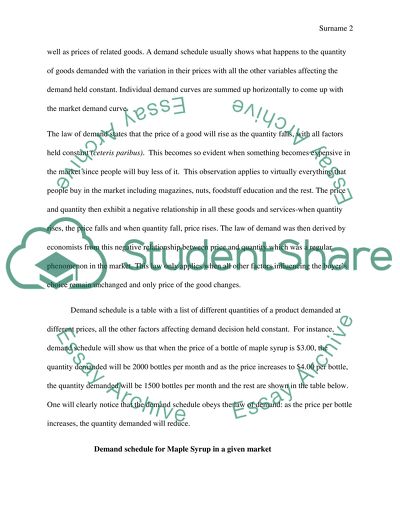Cite this document
(“Analysis of the microeconomic theory of supply and demand Research Paper”, n.d.)
Retrieved from https://studentshare.org/macro-microeconomics/1404570-theory-of-supply-and-demand
Retrieved from https://studentshare.org/macro-microeconomics/1404570-theory-of-supply-and-demand
(Analysis of the Microeconomic Theory of Supply and Demand Research Paper)
https://studentshare.org/macro-microeconomics/1404570-theory-of-supply-and-demand.
https://studentshare.org/macro-microeconomics/1404570-theory-of-supply-and-demand.
“Analysis of the Microeconomic Theory of Supply and Demand Research Paper”, n.d. https://studentshare.org/macro-microeconomics/1404570-theory-of-supply-and-demand.


